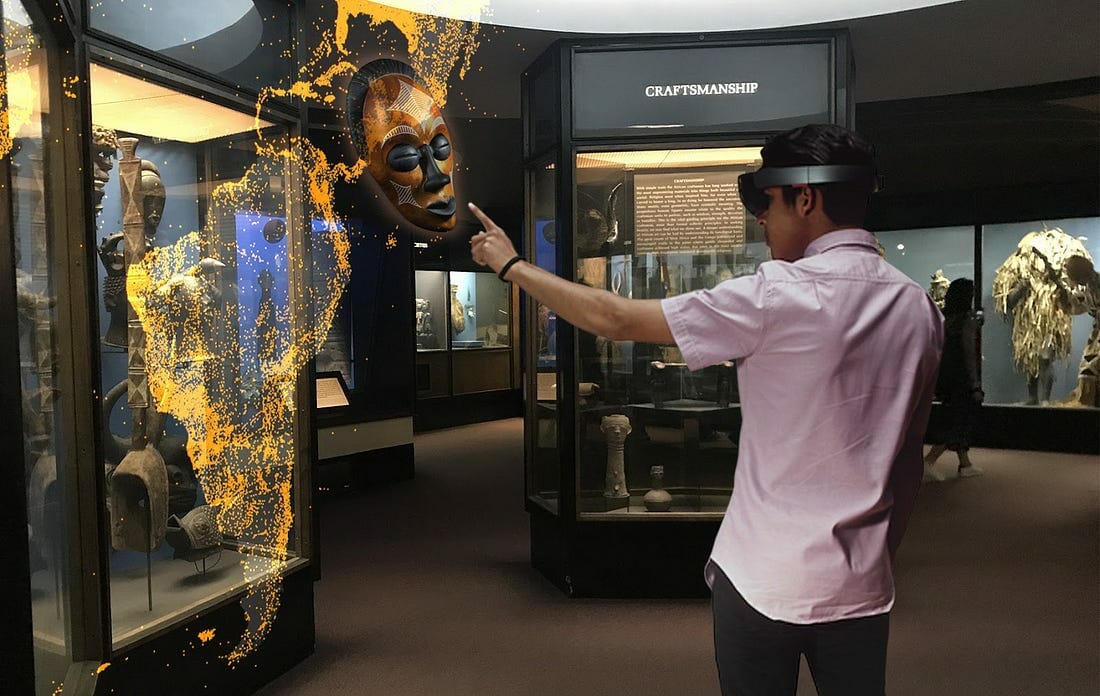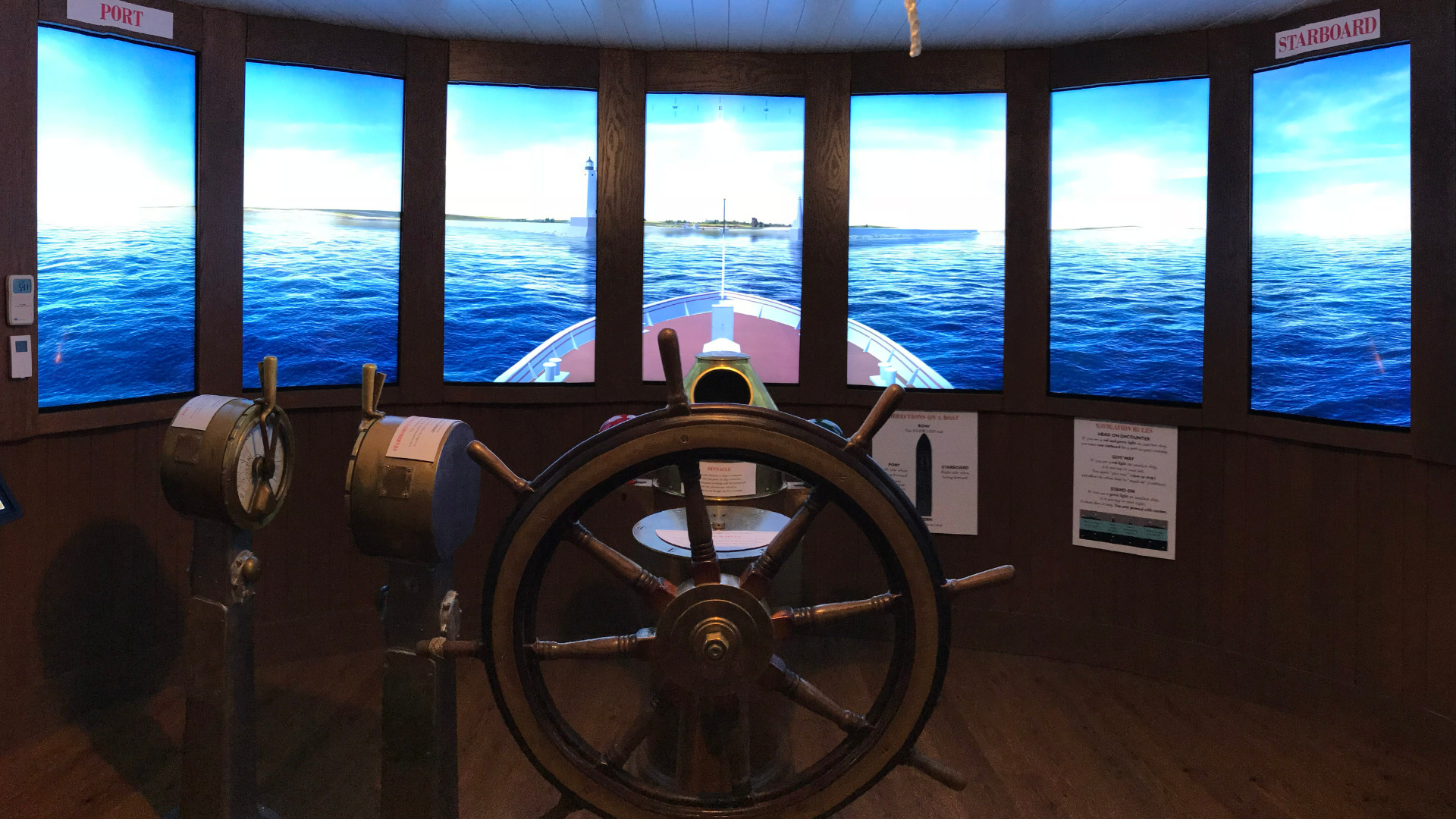When many think of museums, they think of static exhibits and passive observation. Those days are soon to be long gone. Modern museums are embracing the power of interactive technology to create truly immersive experiences. Traditional exhibitions have evolved into immersive experiences, thanks to the integration of cutting-edge interactive technology. These innovations are not only enhancing the visitor experience but also redefining the way we interact with art, history, and science. Keep reading to explore a few technology trends that are captivating and educating museum visitors like never before.
Augmented Reality (AR)
One of the most significant advancements in museum technology is the integration of augmented reality. AR apps allow visitors to superimpose digital content onto their view of the physical world. This technology has been used in various ways to bring museum exhibits to life.
For example, visitors can use their smartphones or AR headsets to see 3D models of ancient artifacts, allowing them to explore every detail and gain a deeper understanding of history. Museums are also using AR to recreate historical scenes, immersing visitors in pivotal moments from the past. By blending the physical and digital realms, AR creates a dynamic and engaging museum experience.
Virtual Reality (VR)
Virtual reality is another game-changer for museums. VR headsets transport visitors to entirely different worlds, allowing them to explore places and time periods that would otherwise be inaccessible. Museums are using VR to provide immersive tours of ancient civilizations, take visitors on journeys through the cosmos, and even let them step inside famous paintings.
The ability to “walk through” history or art is a remarkable way to engage visitors of all ages. VR also offers opportunities for people with limited mobility to experience places and exhibits they might otherwise never have the chance to see.
Interactive Exhibits
Interactive exhibits are becoming increasingly popular in modern museums. These exhibits often use touchscreens, gesture recognition, and other interactive technologies to encourage visitors to actively participate in the learning process. For example, in a science museum, visitors might use touchscreen displays to simulate chemical reactions or change virtual ecosystems.
Another great example of an interactive exhibit is the immersive “Piloting the Car Ferries” exhibit at the Port of Ludington Maritime Museum. The exhibit uses digital screens to create an immersive experience, giving visitors a true view of what it would look like to pilot the historic Pere Marquette out of the harbor and across Lake Michigan in a deep fog.
Interactive exhibits not only make learning more enjoyable but also cater to different learning styles. Visitors can choose to delve as deeply as they wish into a subject, making the museum experience more personalized and engaging.
Immersive Art
One of the most captivating examples of the fusion between technology and art in the museum world is the rise of immersive art experiences. These exhibitions transport visitors into the very heart of iconic masterpieces, allowing them to step inside the artwork itself.
Take, for instance, the Van Gogh exhibition. Through a combination of projection technology and immersive audio, visitors can immerse themselves in the vibrant colors and swirling brushstrokes of Van Gogh’s most celebrated works. This groundbreaking approach to art not only brings a deeper understanding of the artist’s vision but also invites the audience to become an active participant in the artistic narrative. Such immersive art experiences represent the fusion of classical artistry and modern technology.
Artificial Intelligence (AI)
Artificial intelligence is making its way into museums, too. AI-powered chatbots and virtual guides can answer visitors’ questions, provide information, and offer personalized recommendations. Machine learning algorithms can analyze visitor behavior to understand their preferences and suggest exhibits or activities tailored to their interests.
AI can even enhance accessibility by providing real-time translations, audio descriptions, or sign language interpretation for visitors with disabilities. This inclusive approach ensures that everyone can enjoy the museum experience to the fullest.
The Future of Museums
The role of interactive technology in museums is revolutionizing the way we engage with art, history, and science. As technology continues to advance, the future of museums looks incredibly promising. We can expect to see more seamless integration of the physical and digital worlds, blurring the lines between what is real and what is virtual. Looking ahead, we can expect to see even more exciting developments in the museum world, making learning and exploration more interactive and enjoyable for all.
Looking to elevate the experience at your institution? Consider partnering with an AV integrator with a proven track record. Bluewater’s AV Integration team is fully equipped to help bring interactive experiences to life. Contact us today to learn more about how Bluewater can help transform your museum or exhibit.













